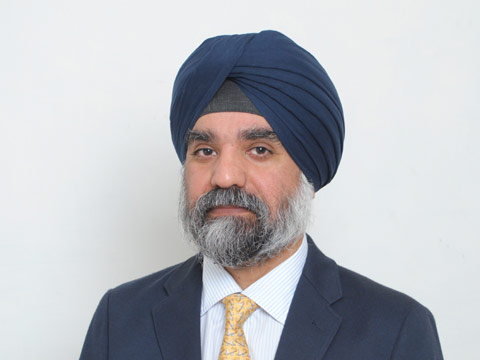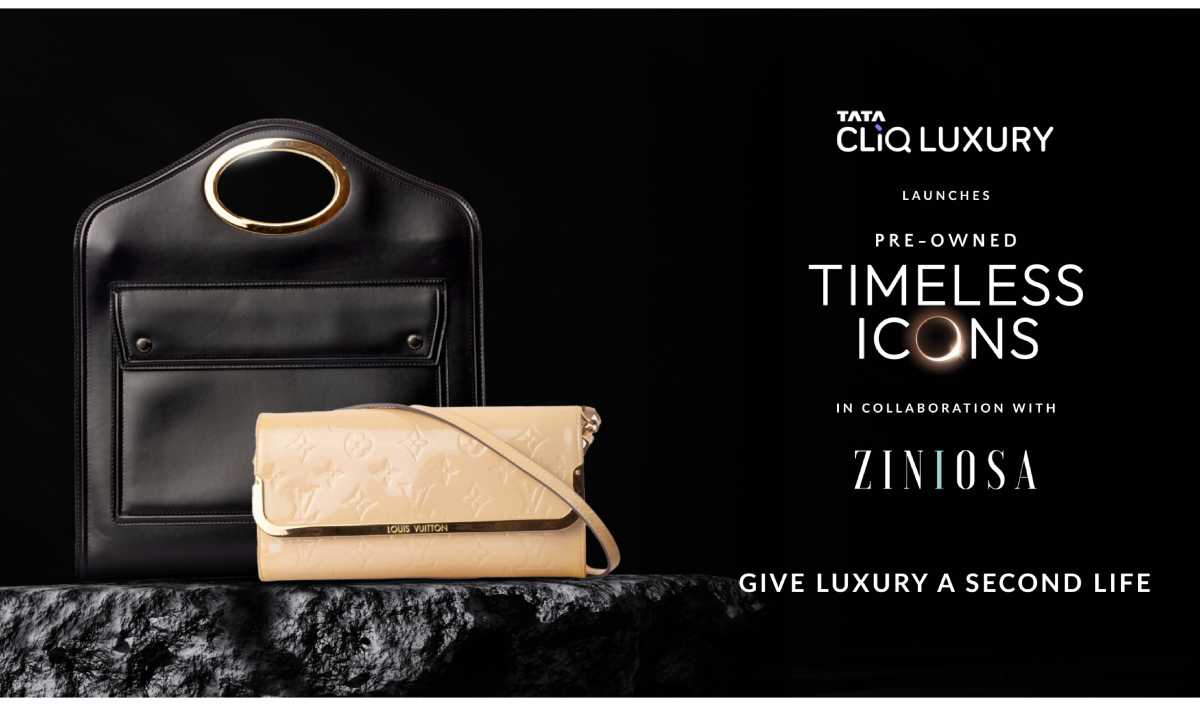
Being ahead of times is one salient feature on which M&B Footwear is burgeoning. And this was pretty much evident in the attitude of Bhai Ajinder Singh, the managing director, who was at the venue much before than we reached there. Popular for Lee Cooper footwear, the brand started its journey as footwear exporter to Europe and Russia. The brand was quick to understand the transferring nature of brand’s properties and took no time to step into brand licensing while introducing Lee Cooper to footwear segments in India 20 years ago, thereby marking its foray into full-fledged retail. Those were the times, when Bata and Woodland were the reliable brands and brand licensing was not-so-hears retail strategy. Two decades down the line, the brand has added Provogue and iD to its portfolio and aims to scale up via franchising. In an interaction with License India, Bhai Ajinder Singh shared details about operations of M&B Footwear and the strategy to scale up.
Excerpts: What made you venture into licensing?
When we started around 2 decades ago, majority of the footwear brands were exporting. That time, someone known to us took clothing license of Lee Cooper and that was one of the few foreign brands in the country. We approached the Indian company to add footwear to their portfolio and we ended up taking license for Lee Cooper rather than being supplier. It was quick meeting of minds and we agreed on strategy and way forward, thereby we ended up being home-grown manufacturer. One insight we had at that point of time was we understood that brand properties could be transferred. A brand of jeans is known for durability, versatility and fashion – standard three things. We tried to understand if we could make footwear design on same sidelines it would gel with the quality of brand.
Why exporters are being preferred by licensors rather than other manufacturers?
It’s all about comfort as they have been dealing with exporters for years and they at least know the product. For a brand licensor, the brand is all about value so the trust between a licensor and licensee needs to be very high that latter will manage the brand and add to the brand value. For instance, Sketchers has come to country three of four times because the initial licensee failed to understand the brand and now Sketches is getting it right the fourth time. Getting right licensee is important otherwise there may be a threat of diluting the property.
What market potential do you see in footwear licensing especially when apparel are the preferred choice of licensors?
Interestingly in all the large brands like Nike, Adidas, there is 40:60 dependency on either apparel or footwear. But even a primarily apparel brand can go as high as 40 per cent in terms of value because a T-shirt is for say Rs 2000 while a pair of shoes costs around Rs 2,000. So the volumes have been dramatically different but value is 40:60 or 60:40 in a brand that does well.
How good has been brand licensing for M&B Footwear?
It actually gave us a leg in Indian market because we were not present in here and there were not too many entry points. So the brand does give you an entry point in the market because if you don’t have credibility in market, it is going to take you very long to get established in the market. What you gain with brand licensing is you gain time that you can do in few years what otherwise would have taken more than a decade. Licensing is basically a quick start as a company.
What other brands are you planning to add to your portfolio?
Currently we have Provogue and in-house brand IDEE besides Lee Cooper. We do get a lot of options for brands. In fact we had historically 2-3 other brand that we have given up right now because we feel that Lee Cooper has tremendous potential in the market, so rather than creating too many brands, we are creating sub brands within Lee Cooper. We are creating four sub-brands and we intend to have a group of products depending on the customer and channel. I think there is enough to do within Lee Cooper for next three years. The question is that we are no more looking to do brand building for a third party brand in India because now the only brands we’re looking at would be only the brands hat would value us in helping them penetrate in the market instead of ones with which we have to spend years building brand proposition. We look at well known and established brands around that would that would seek our distribution channel and retail experience to scale quickly.
How do your marketing strategies vary for different brands?
Every brand will initially have a core channel to work with. Automatically the core customer and core channel differ for all brands and this combination of alignment drives your marketing and branding strategy. A brand like Lee Cooper is known in every channel and category because it has been here for over two decades. But, the other brands are narrower in the fact that they are present across fewer number of channel and fewer categories. Automatically that dictates the usage of media channel.
What is your take on the online vs. offline sales?
At the moment our traditional offline will remain ahead because the online strategy in today’s time is not good for brands in the sense that the primary benefit they are offering is discounting that too from their low pocket. What that does is to create confusion in customer’s mind about brand’s price-points and credibility. In short run, though we get a lot of penetration in form of customer who’d have otherwise not been our customers, but exiting customer may lose interest in brand if discount continues for longer time. We work hard with these channels to maintain price integrity that discounts have to be reasonable and only at end-up line if possible. Bulk of Lee Cooper is sold offline, while average basket size remains at Rs 2,500.
How big is the issue of counterfeits for M&B Footwear?
Counterfeit is turning out to be a big challenge for us. Historically counterfeit in India were not real threat because they were not targeting the same consumers. They were look-alikes but selling at much lower price points in an unorganised market. But today’s’ counterfeits are different in the sense that they are going up to the extent of printing a box as well to replicate the product inside out. Due to extreme awareness of brands due to advent of online and increase in income, there is tremendous pressure on unorganized players to gain market share. So a lot of them are trying to take short cuts.
Copyright © 2009 - 2024 License India.















